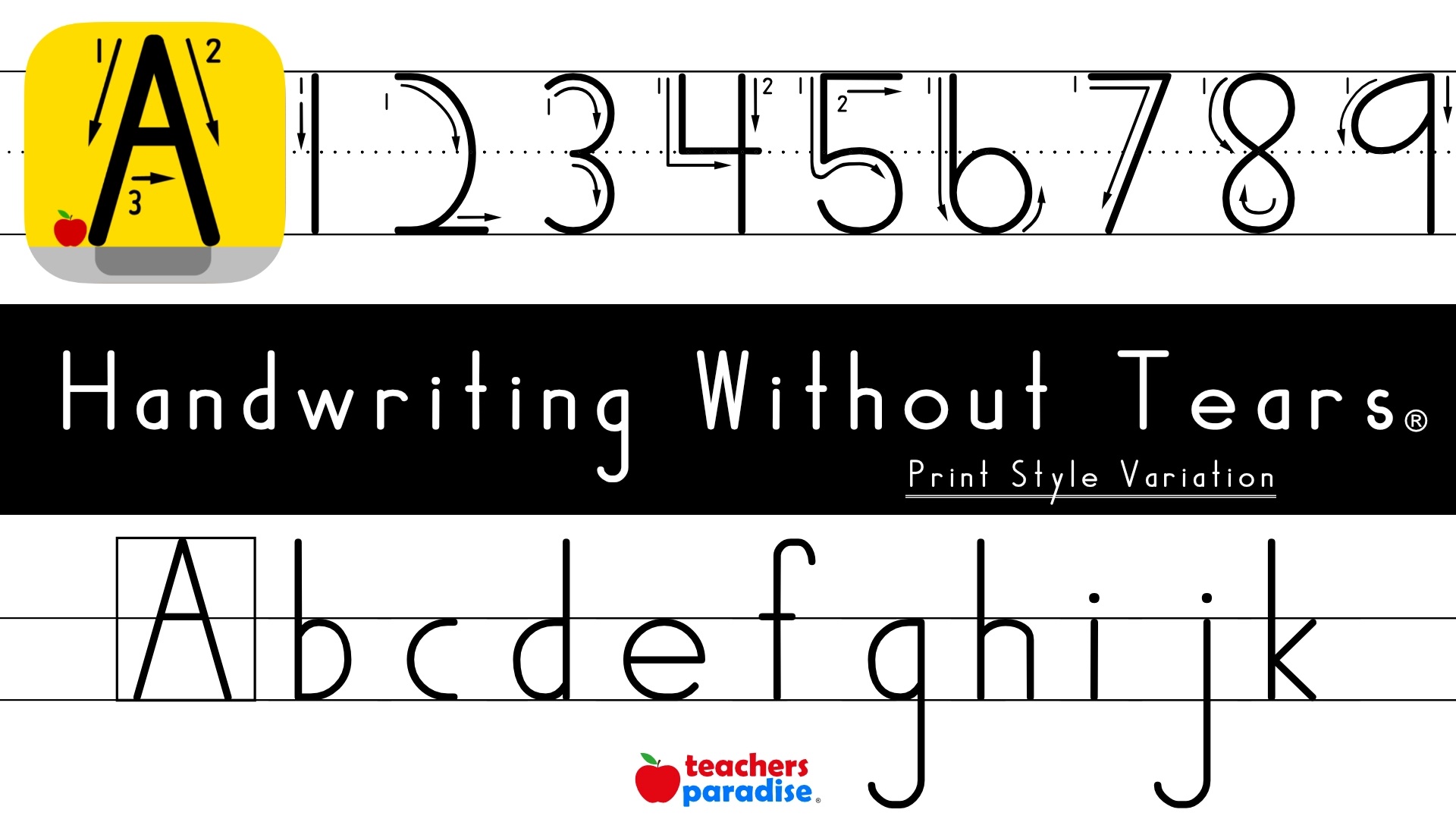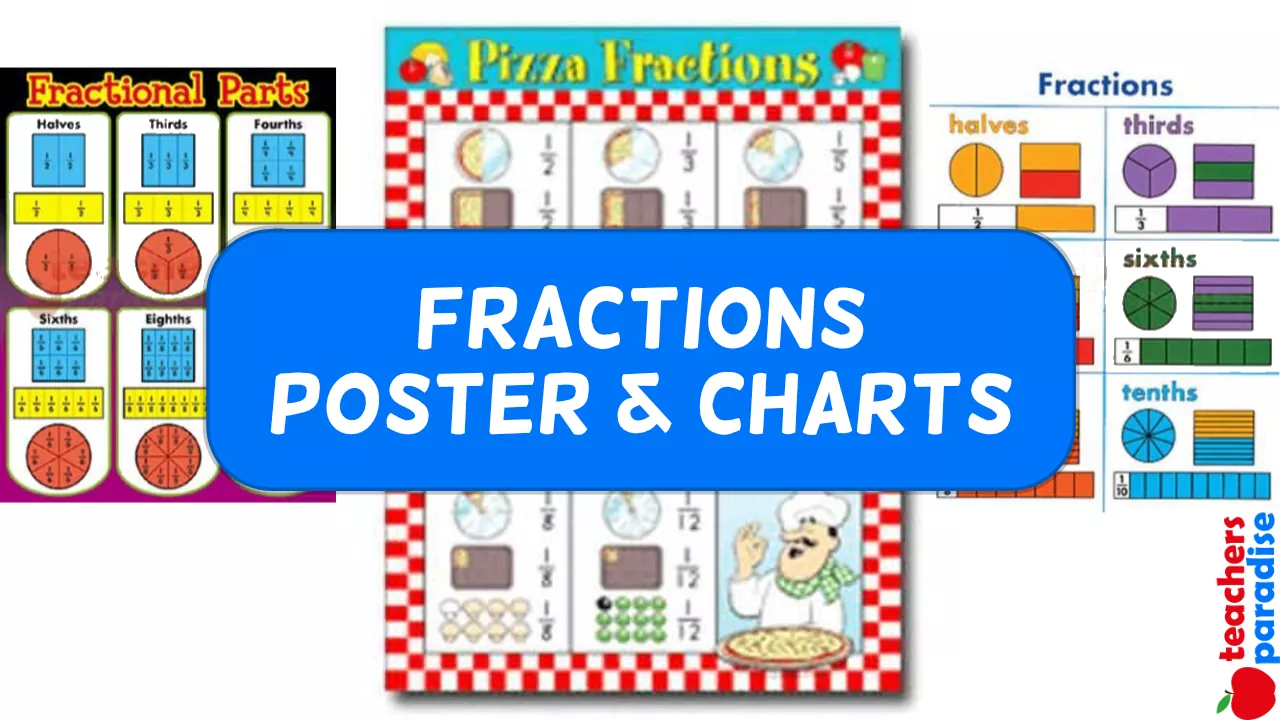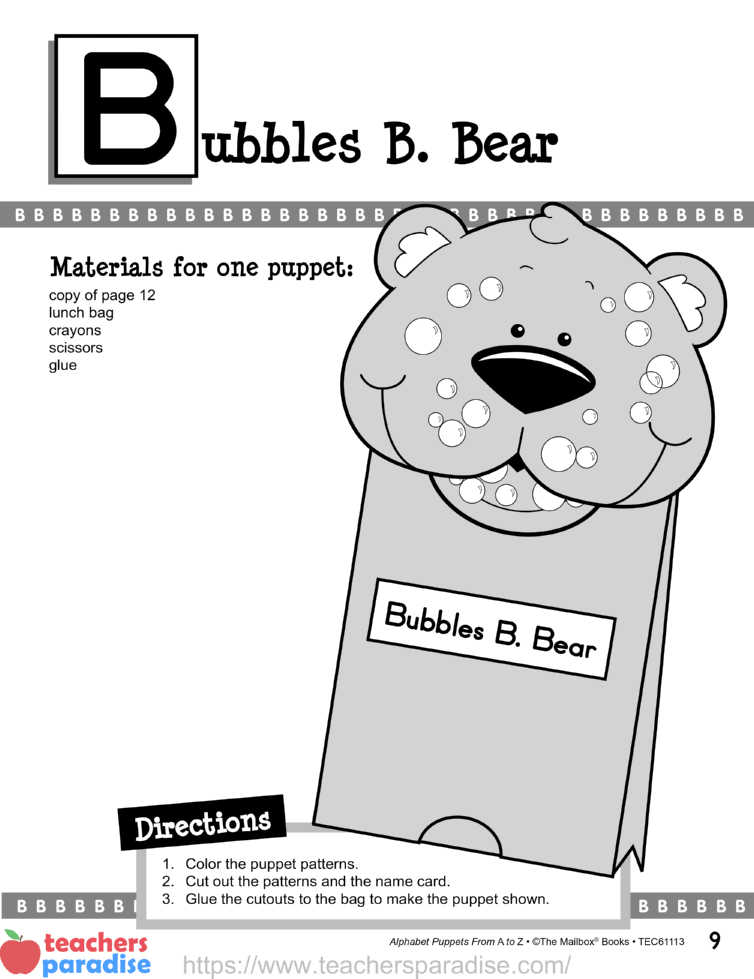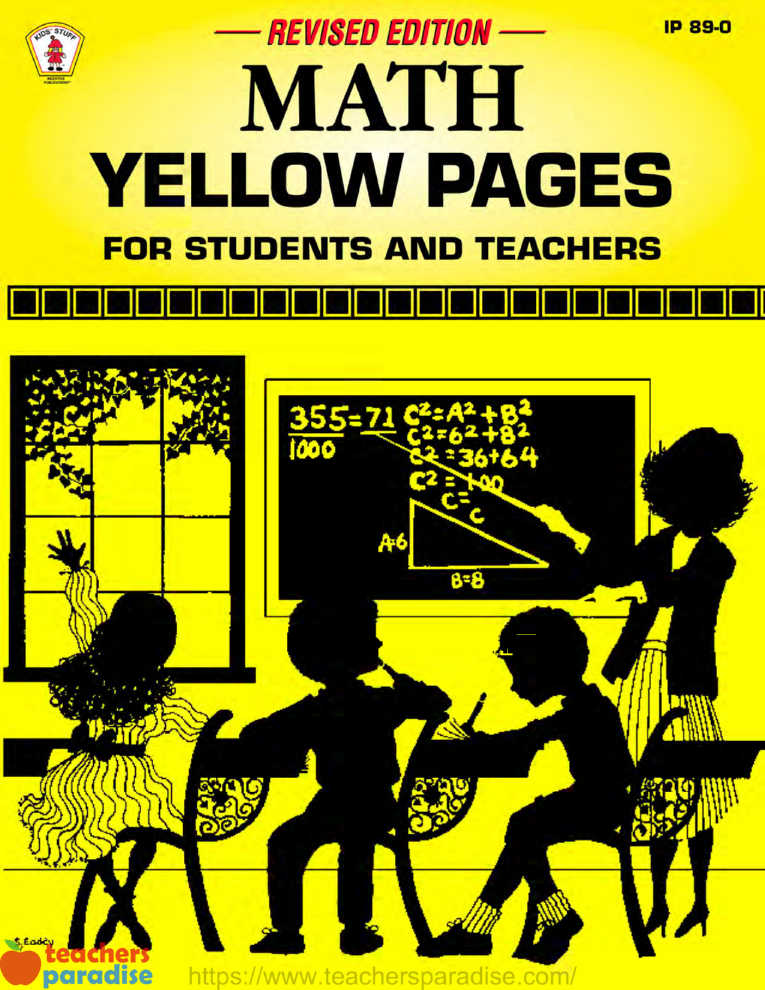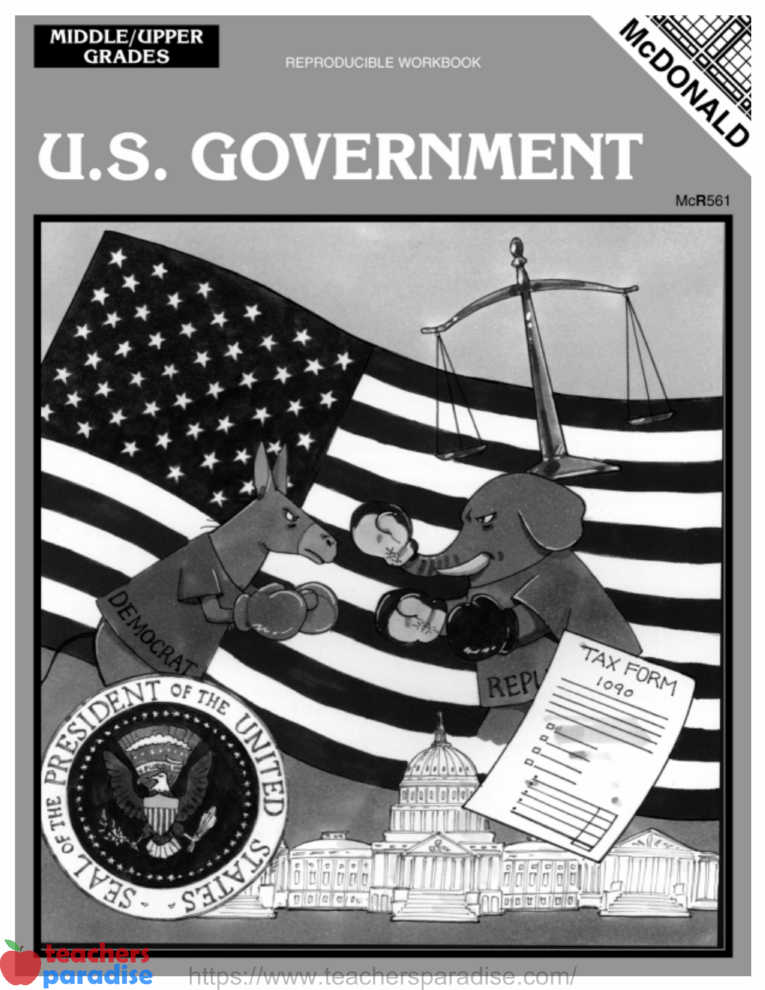intro sentence

Are you ready to discover the world of famous inventors? When teachers ask kids to name some famous inventors, some say Benjamin Franklin, George Washington Carver, or Thomas Edison, but these are just the tip of the iceberg. From household names to unsung heroes, these inventors and scientists have changed our daily lives in ways we may not even realize. Get ready to explore their amazing stories and inspire your inner inventor with some hands-on activities. Who knows, you’ll be the next one on this list of famous inventors!
In this awesome collection, you’ll find a bunch of super cool stuff about the awesome inventors of the past. Each resource is jam-packed with loads of information and fun activities that help kids understand just how amazing these inventors were. So if you’re looking for some inspiration to fuel your own inventive spirit, look no further!
intro paragraph2 can add amazon/tp “essential materials” links
Note: TeachersParadise may earn compensation for sales from links on this post through Amazon Affiliate links. We only suggest items our team loves!
1. Archimedes (c. 287 – 212 BC)
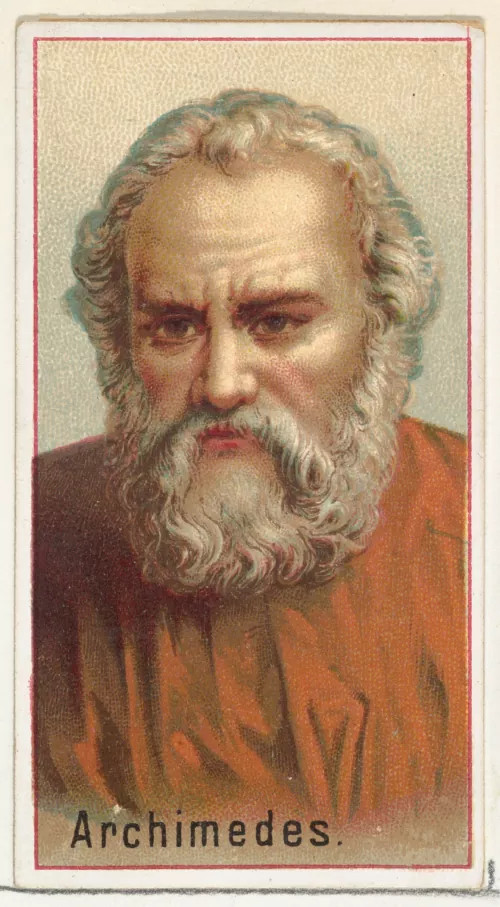
An ancient Greek mathematician, physicist, engineer, and inventor, Archimedes is known for his contributions to mathematics and ingenious inventions. He is credited with inventing devices like the screw pump and the Archimedes screw, which were used for irrigation and lifting water. He also developed war machines and is said to have discovered the principle of buoyancy while taking a bath.
Learn more about Archimedes of Syracuse.
Experiment: How taking a bath led to Archimedes’ principle.
2. Isaac Newton (1643–1727)
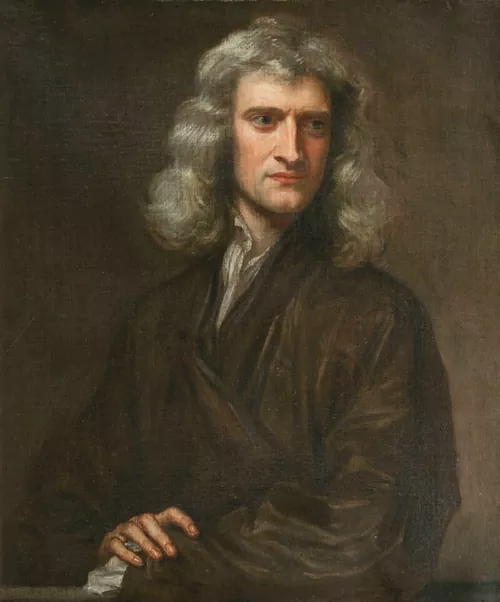
Isaac Newton is best known for his contributions to physics and mathematics. While he didn’t necessarily invent physical objects or devices in the way we often think of inventions today, he made groundbreaking discoveries. He formulated fundamental theories that revolutionized our understanding of the natural world. Here are some of his most significant contributions:
- Law of Universal Gravitation: The fundamental law of gravitation states that any mass present in the universe exerts a force on every other mass, which is directly proportional to the product of their masses and inversely proportional to the square of the distance between them. This law serves as the foundation for the movement of objects on Earth and is equally applicable to the motion of celestial bodies such as planets and moons. Its significance in our understanding of the universe cannot be overstated.
- Three Laws of Motion: Newton’s three laws of motion laid the foundation for classical mechanics and described how objects move under the influence of forces. These laws include:
- First Law (Law of Inertia): An object at rest stays at rest, and an object in motion continues moving at a constant velocity unless acted upon by an external force.
- Second Law (F = ma): The force applied to an object equals its mass multiplied by its acceleration.
- Third Law (Action and Reaction): For every action, there is an equal and opposite reaction.
- Calculus: Newton and German mathematician Gottfried Wilhelm Leibniz are credited with independently developing calculus. Calculus is a mathematics field that focuses on change and accumulation rates. Calculus is crucial in various scientific and engineering disciplines, providing powerful tools for analyzing and modeling complex systems.
- Reflecting Telescope: Newton created the Newtonian telescope that utilized a curved mirror to collect and concentrate light. This innovation reduced the color distortions found in previous telescopes and produced a sharper image.
- Color Spectrum and Optics: Newton conducted experiments with prisms and discovered that white light comprises a spectrum of colors. He showed that light could be separated into constituent colors and recombined using a prism. His work on optics was compiled in his book “Opticks,” where he discussed reflection, refraction, and color theory.
- Mathematical Principles of Natural Philosophy (Principia): Newton’s most influential work is his book “Philosophiæ Naturalis Principia Mathematica” (Mathematical Principles of Natural Philosophy), usually referred to simply as the “Principia.” He presented his laws of motion and the law of universal gravitation in this work, which offers a mathematical framework for comprehending and forecasting the movement of objects in the universe.
Learn more about Sir Isaac Newton.
Experiment: Learn about Sir Isaac Newton’s fascinating 3 Laws of Motion using just a few everyday items you already have at home.
3. Thomas Edison (1847–1931)
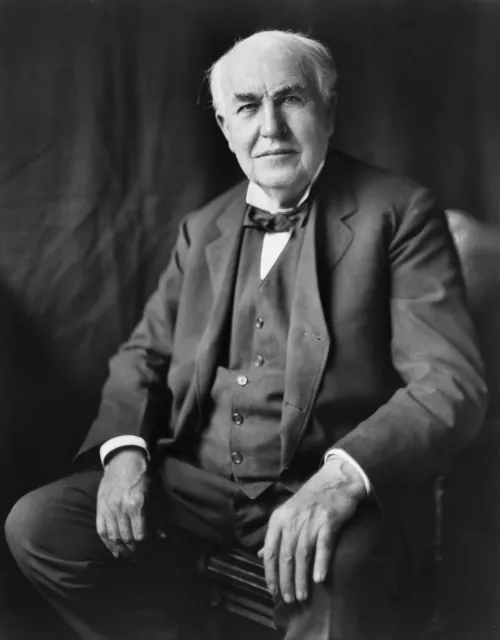
Thomas Edison invented the practical incandescent light bulb, the phonograph, and the motion picture camera.
Learn more about Thomas Edison.
Short Story: The History of Thomas Edison
4. Alexander Graham Bell (1847–1922)
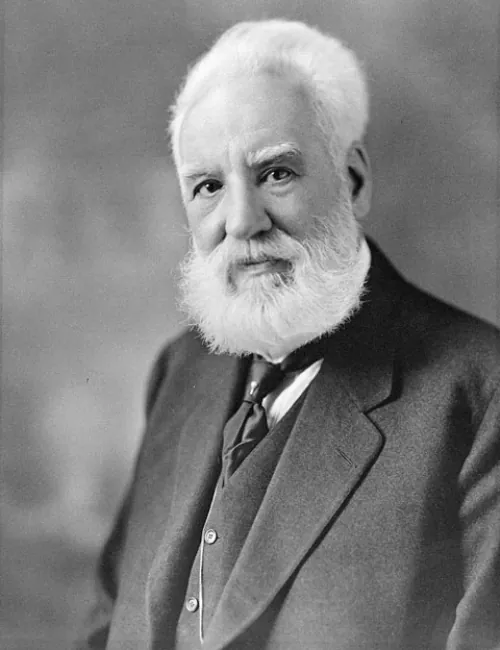
Inventor of the telephone, revolutionizing communication.
Learn more about Alexander Graham Bell.
Experiment: Make a string phone
5. Nikola Tesla (1856–1943)
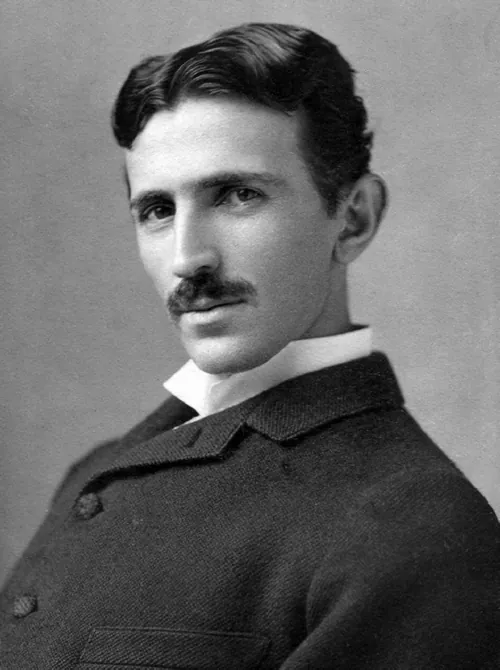
Nikola Tesla was a prolific scientist, inventor, and engineer who made a myriad contributions to various fields. Some of his notable inventions and developments include:
- Alternating Current (AC) System: One of Tesla’s most significant contributions was the development of the alternating current (AC) electrical system, which allowed electricity to be transmitted over long distances more efficiently than the direct current (DC) system championed by Thomas Edison. This AC system forms the basis of modern electrical distribution.
- Induction Motor and Transformer: Tesla invented the AC induction motor, which converts electrical energy into mechanical energy and powers numerous devices, from industrial machinery to household appliances. He also contributed to the development of the transformer, a crucial component in AC power distribution.
- Tesla Coil: The Tesla coil is a high-voltage, resonant transformer circuit that produces high-frequency alternating-current electricity. It’s known for its ability to generate impressive electrical displays like lightning-like sparks and is still used in educational demonstrations and entertainment.
- Wireless Power Transmission: Tesla worked on wireless transmission of energy, envisioning a world where electricity could be transmitted wirelessly over long distances. Although he never fully realized this idea, his work laid the foundation for future developments in wireless communication and power transmission technologies.
- Radio Waves and Remote Control: Tesla made key contributions to radio wave technology and is often credited with the early development of radio. He also developed the principles of remote control and demonstrated a radio-controlled boat in the late 1800s.
- X-rays: Tesla conducted experiments in the field of X-rays, contributing to their understanding and potential medical applications. However, his contributions in this area were overshadowed by the work of other scientists like Wilhelm Röntgen, who is typically credited with the discovery of X-rays.
- Turboelectric Generator: Tesla worked on a type of turbine called the turboelectric generator, which was designed to generate electricity using a combination of fluid dynamics and electrical generation.
- Earthquake Machine: Tesla famously claimed to have developed a machine that could produce mechanical vibrations that resonate with the Earth’s own frequency, potentially leading to earthquakes. However, there’s limited evidence to support the existence or effectiveness of such a device.
- Fluorescent Lighting: Tesla contributed to the development of fluorescent lighting, including the development of phosphorescent materials that could be used in lamps.
- Steam and Gas Turbines: Tesla worked on improving steam and gas turbine designs to make them more efficient and practical for various applications.
While Tesla’s ideas and inventions were groundbreaking, it’s important to note that he sometimes struggled with funding and practical implementation, and some of his more ambitious projects were never fully realized. Despite this, his work laid the foundation for many technological advancements shaping our modern world. Learn more about Nikola Tesla.
Experiment: Make a string phone










